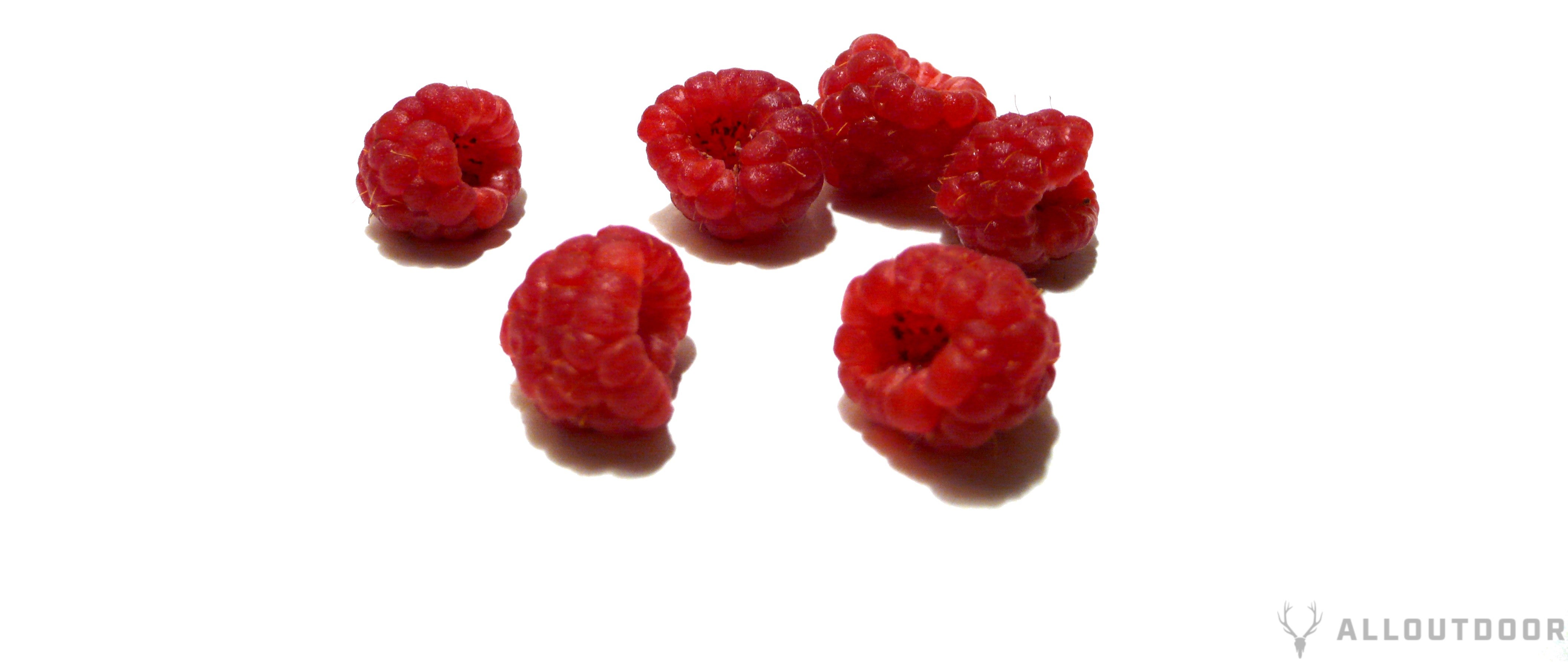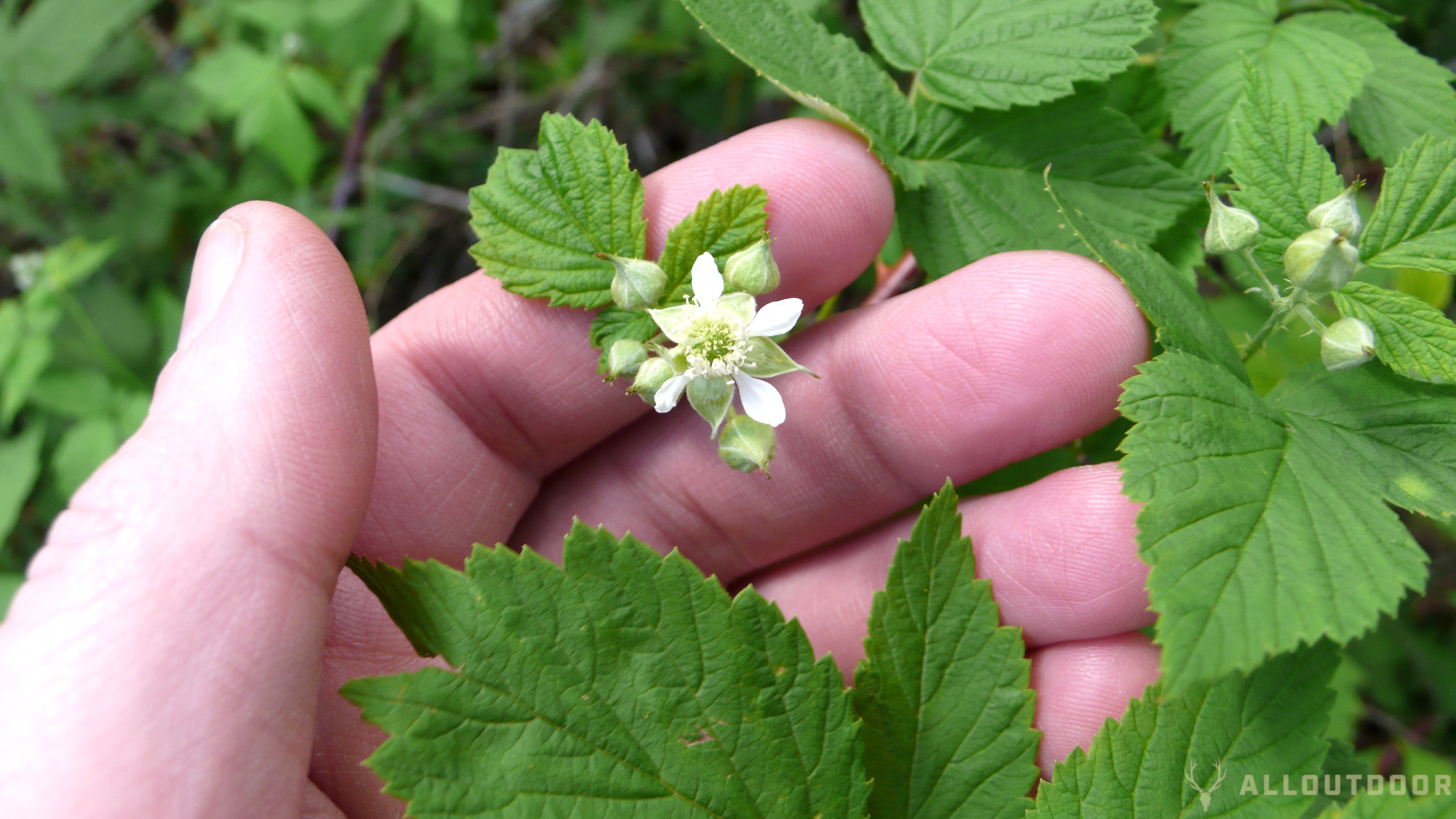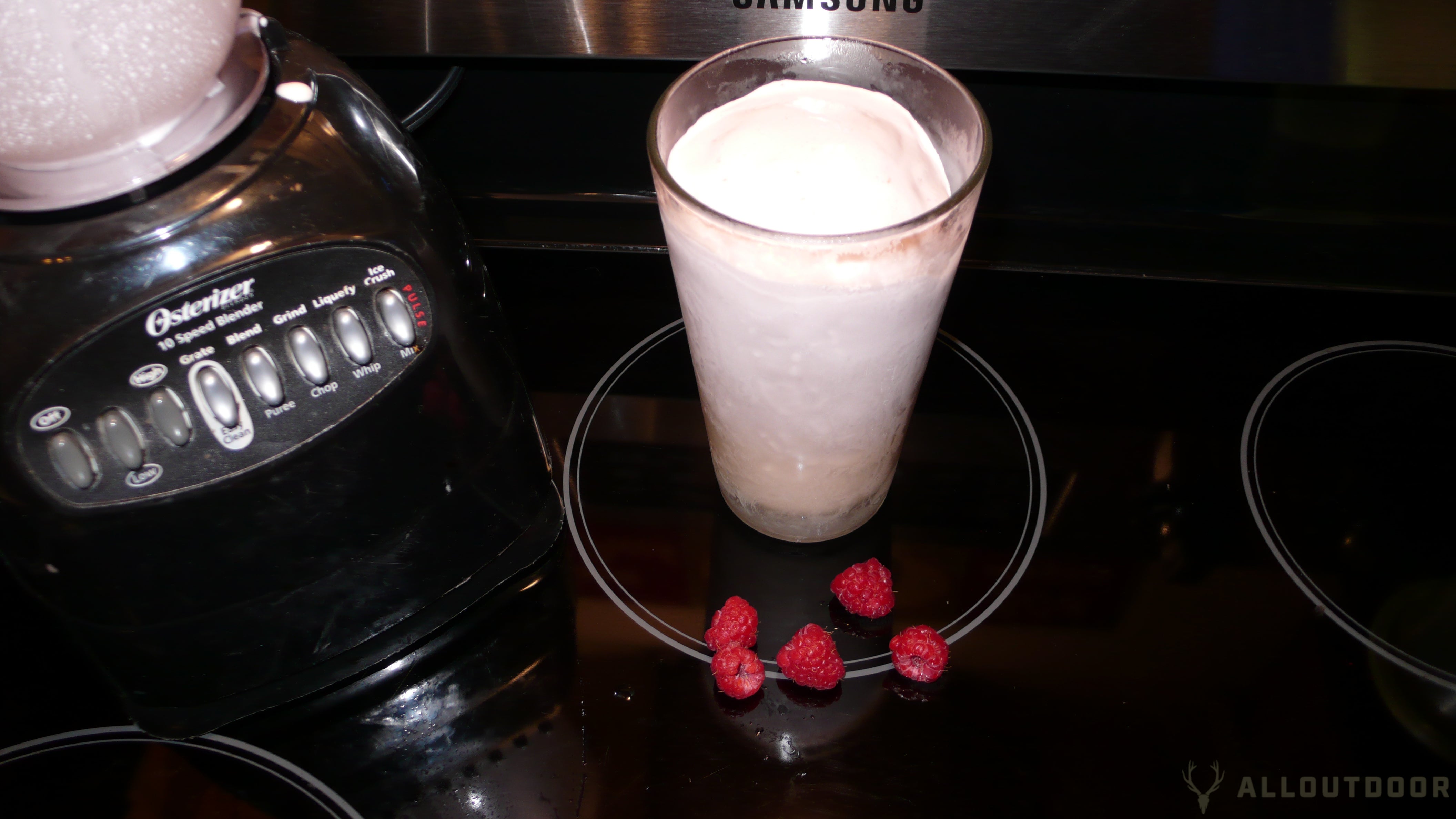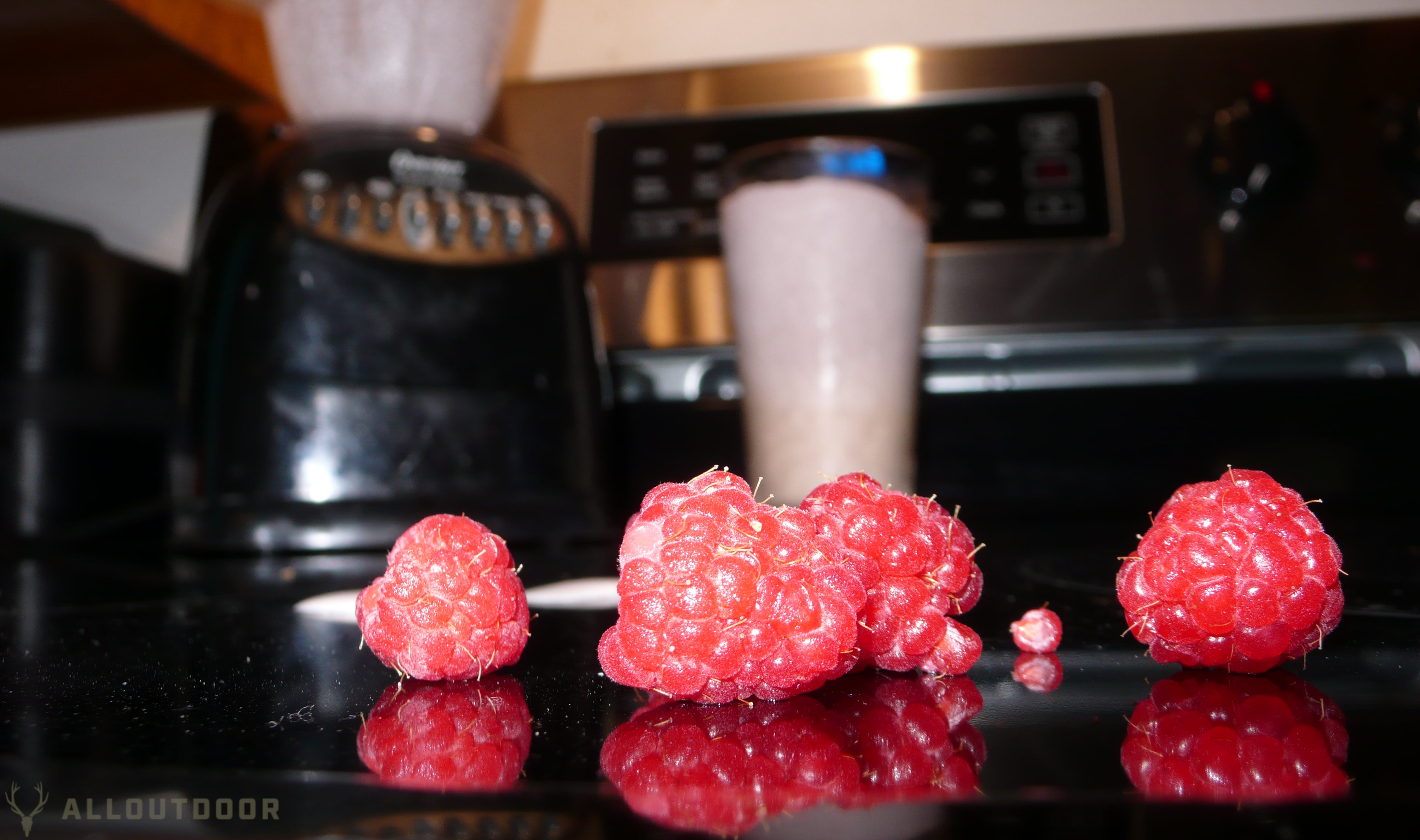Wild Raspberries: How to Identify, Harvest, and Eat Raspberries
Doug E 05.25.21

Raspberries are hard not to like, and if you’re reading this, I’m willing to bet you like them as well. Despite the deliciously tart, sweet taste of wild raspberries, and being easy to spot when you know what to look for, they have a few downsides when it comes to picking them. If you’re new to the taste of raspberries, or just want a quick refresher, we’ll take a look at how to identify and collect wild raspberries, as well as cover a few cooking ideas if you don’t just want to eat them plain.
What’s the Big Deal about Wild Raspberries?
Behind the great taste, there’s a lot going on in this bumpy, seedy, juicy fruit. Raspberries are a collection of minuscule fruits that each contain one seed, and can potentially consist of up to 100 or more individual fruits. These tiny fruits grow around its dome shaped stem, so the raspberry forms as a bowl. The use of raspberries has been occurring since recorded history, but not cultivated until the 17th Century according to Robintide Farms’ 11 Things You Didn’t Know About Raspberries. They also list the many health benefits and it’s an easy read if you’re interested. The following list is of nutritional value contained in raspberries is from Healthline.com.
One cup (123 grams) of red raspberries contains (1):
- Calories: 64
- Carbs: 14.7 grams
- Fiber: 8 grams
- Protein: 1.5 grams
- Fat: 0.8 grams
- Vitamin C: 54% of the Reference Daily Intake (RDI)
- Manganese: 41% of the RDI
- Vitamin K: 12% of the RDI
- Vitamin E: 5% of the RDI
- B vitamins: 4–6% of the RDI
- Iron: 5% of the RDI
- Magnesium: 7% of the RDI
- Phosphorus: 4% of the RDI
- Potassium: 5% of the RDI
- Copper: 6% of the RDI
According to Etymonline.com (etymology), the exact origin of the word raspberries isn’t quite known; however, several possibilities exist. One such origin could come from Anglo-Latin “raspise” which is a “sweet, rose-colored wine” or another possibility is that it comes just simply from the English word “rasp” as in rough berry. I know if I eat too many raspberries, the inside of my mouth gets kind of sore, as though I ate a rasp file, so there’s at least one downside to raspberries, but I suppose the phrase “moderation in all things” holds true yet again.
Wild Raspberry Identification
Raspberries have roughly 200 different species, so we’ll just stay on a broad sense of the term here, but even if you’ve only ever seen raspberries in the grocery store, you get the idea of what to look for when they’re in season. However, if you want to scout out some wild raspberries in the spring before the fruit has started to form, we’ll show you what to look for.
Raspberries grow clusters of three to five leaves off of the cane with the center leaf being the largest, and each leaf’s edge is finely serrated. The leaves are green on top, while the underside is usually a lighter shade of green. The raspberry plant will also produce five petaled flowers followed up by the raspberry fruit. There are two main categories of raspberries; summer-bearing and fall-bearing. Raspberries only produce fruit on their second year, so if you see a red cane, possibly with a white chalky look to it, it will most likely be the one to bear fruit, whereas the green, first year cane has only begun to grow, but will still display the same style of leaves and flowers. After the second year cane is done producing, it will die and typically look dead and dry.
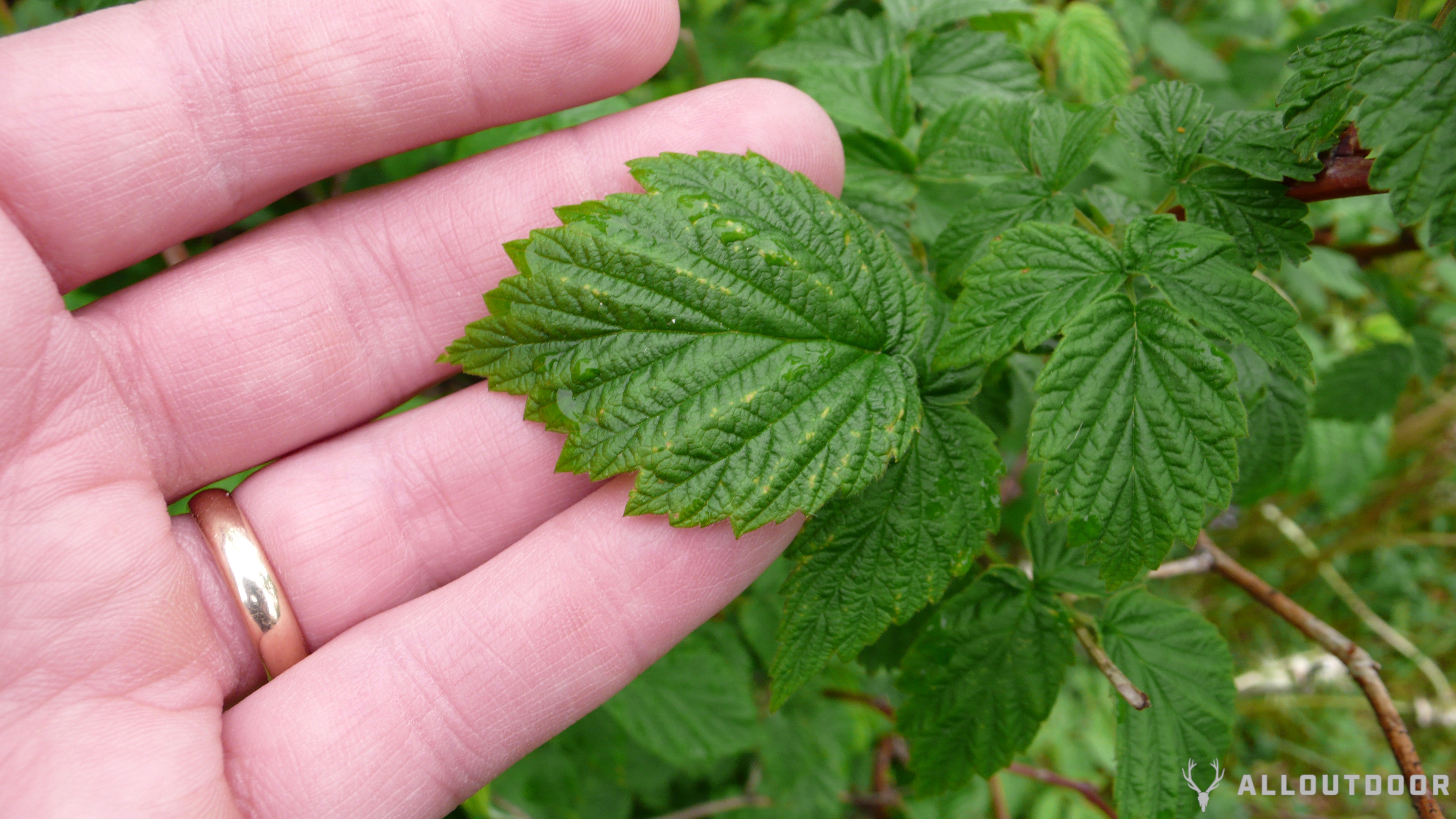
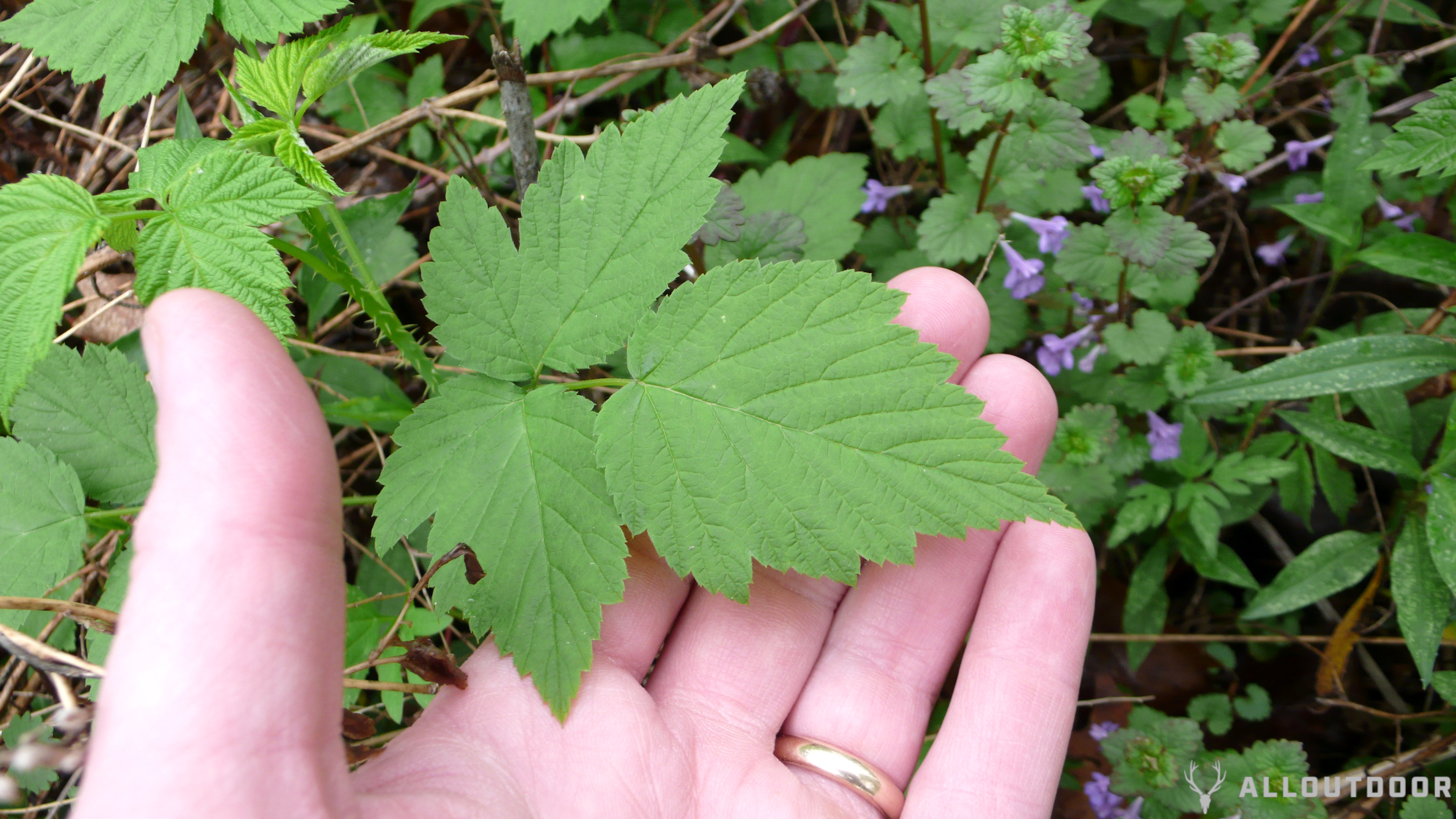
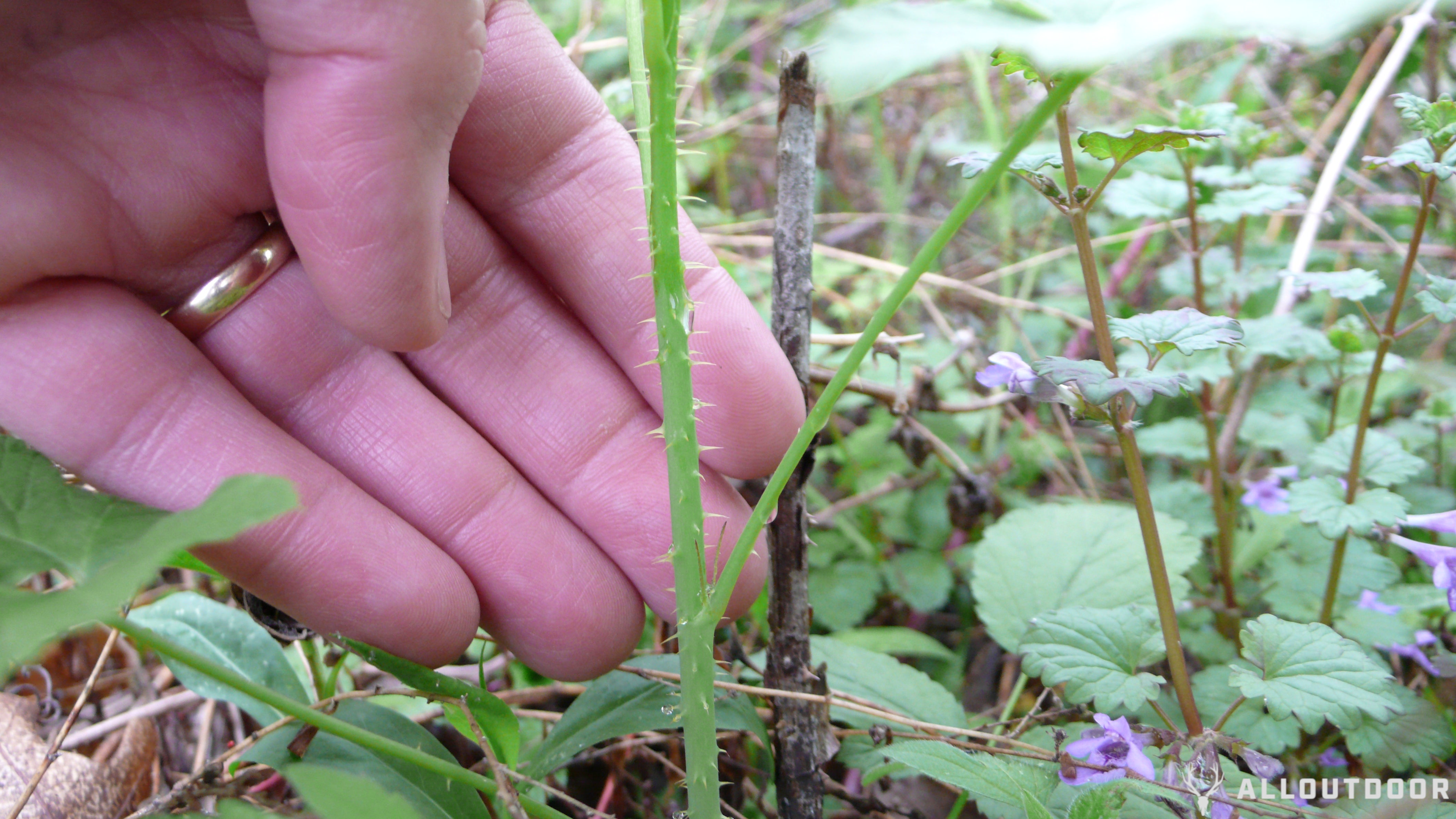
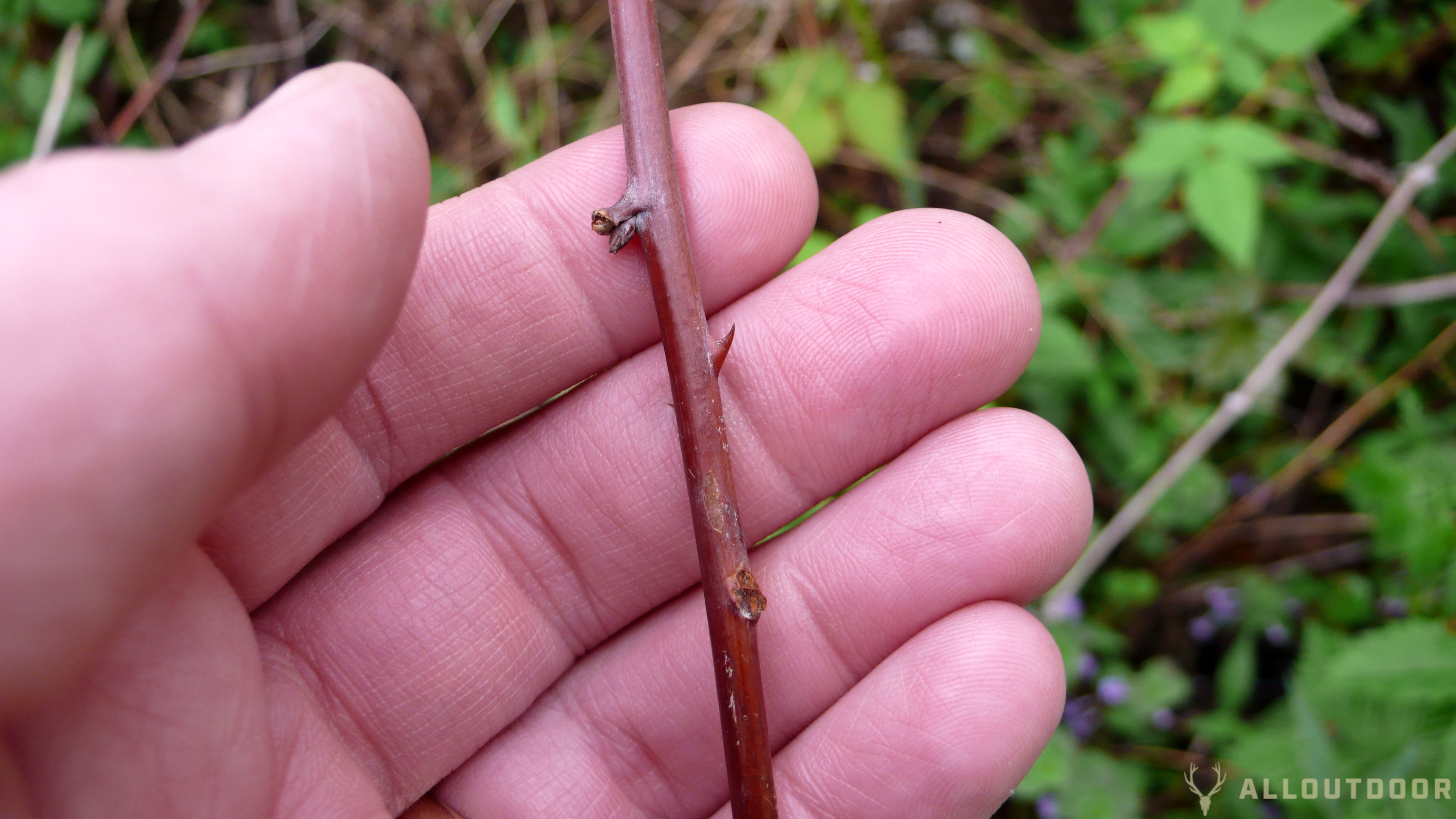
Many-a-time while hiking and biking in the summer we’ve stumbled on patches of wild raspberries. In our experience, the fruit of the wild patches are usually smaller, but no less potent than that of the juicier varieties you might plant next to the garden. Look for berries that are anywhere from a dark pink, bright red, or dark purple. Raspberries don’t continue to ripen once they’ve been harvested, so if you see some that are still green or light pink, leave them on the stalk for the next person, or come back in a couple days.
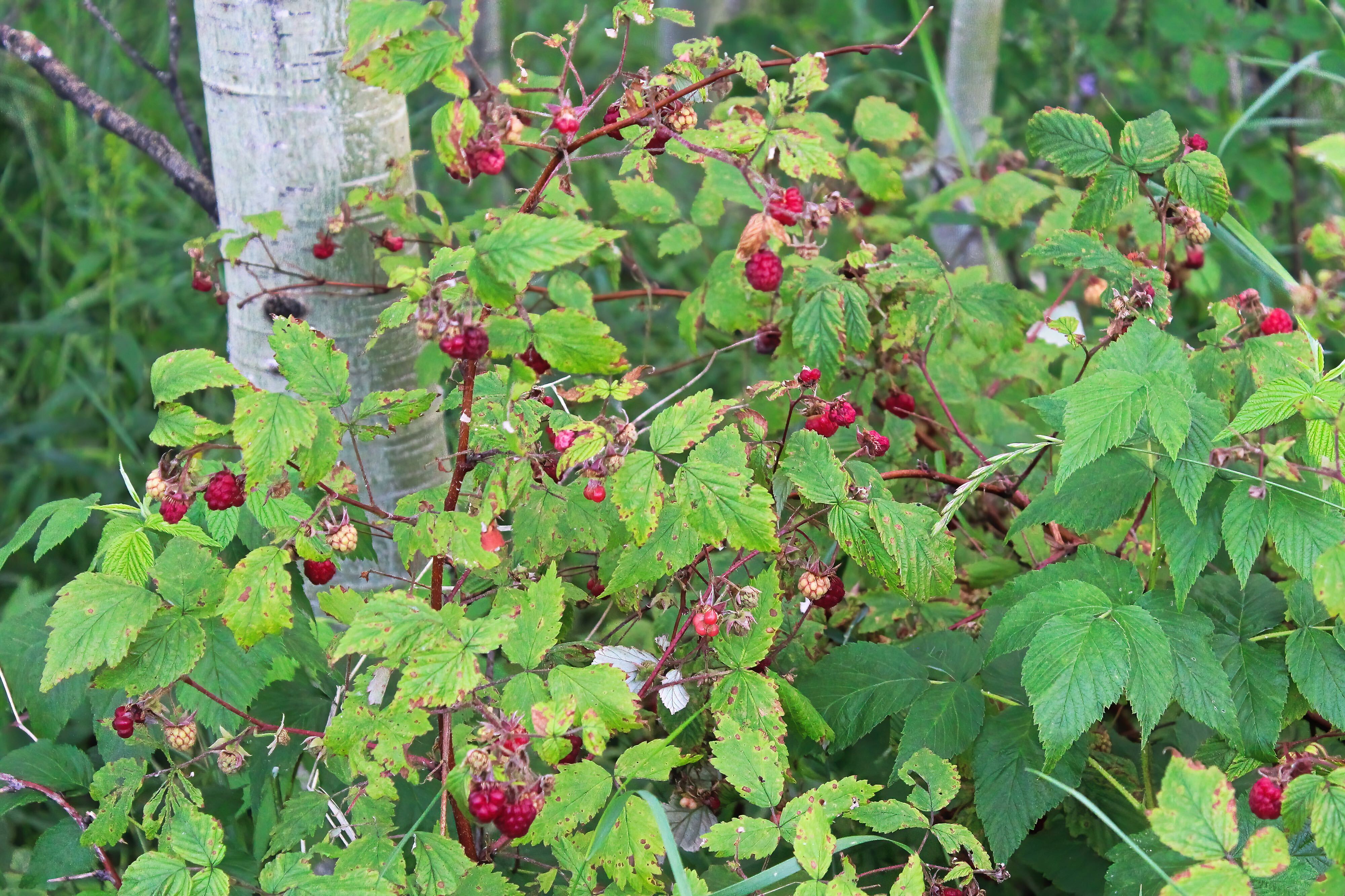
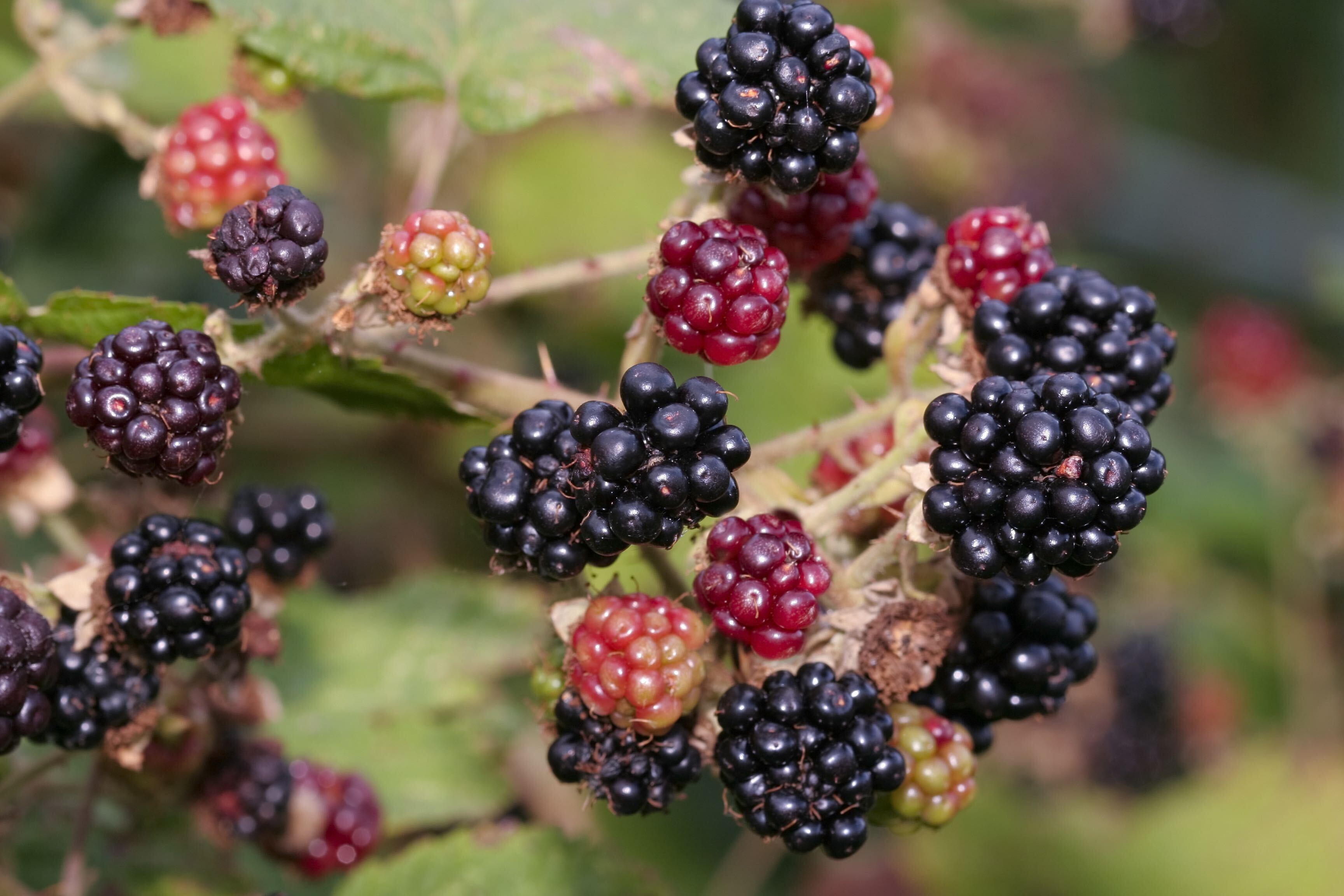
Recipes with Raspberries
Of course, raspberries can be eaten plain right off the cane, although consider washing them if you’ve found them near a road or some other source of dubious dusts. Otherwise, raspberries have traditionally been used in making jams and cold teas, as well as hot teas using the dried leaves. I’ve always considered putting raspberries on salads as a newer trend; however, my Peterson Field Guide To Wild Edible Plants from the mid 70’s lists salads as a possible option.
Personally, my favorite way to eat raspberries is to make a milkshake with them. Using an electric blender, I pour about a half cup of milk into the bottom, followed by the raspberries (and any raspberry juices that collect in the bottom of my container). Then I put about two or three scoops of ice cream on top and blend. I continue to add ice cream and a bit more milk until reach the four cup mark, which fills two pint glasses full for my wife and I. Then I start the process over for the kids’ smaller quantities. For the record, I ended up buying store-bought raspberries for the article since, at the time of this article there were no wild raspberries to be had yet.
Final Thoughts
Raspberries are a great source for vitamins, and they taste great, but one downside is that they seem to produce the best at the same time mosquitoes and gnats are doing their best worst, so if you decide to hunt and harvest wild raspberries, consider some pants and a long sleeve shirt, and perhaps even a netted hat. Despite all the welts I’ve gotten though, the taste of raspberries is worth it, similar to a bear tolerating bee stings to get at the honey.
If you have a favorite recipe for eating raspberries, let us know in the comment section!
